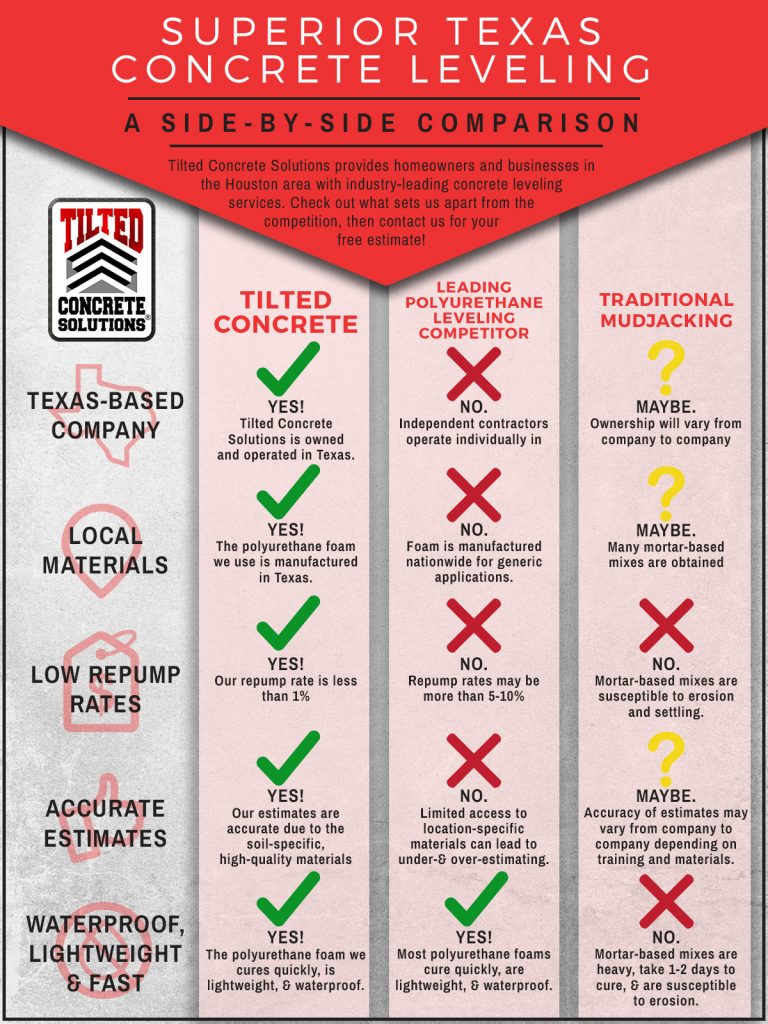Typical Mistakes To Steer Clear Of When Repainting Your Interior Rooms
Typical Mistakes To Steer Clear Of When Repainting Your Interior Rooms
Blog Article
Short Article Developed By-Ali Castillo
Ensuring a successful indoor paint project exceeds just picking up a brush. The leading blunders to prevent can make or break the result. From the preliminary option of paint shade establishing the tone to surface area preparation laying the foundation, each action plays a critical role. Rushing through the procedure may seem alluring, yet the effects can influence the longevity and total high quality of the coating. Remain tuned to discover how these common mistakes can be conveniently sidestepped to accomplish a remarkable indoor paint job.
Choosing the Wrong Paint Color
Selecting the appropriate paint shade is an essential choice when repainting your insides, as it sets the tone and atmosphere of the room. One typical error to avoid is selecting the wrong paint shade. The shade you choose can substantially influence the general look and feel of an area.
As an example, choosing dark colors in a little room can make it feel cramped and gloomy, while selecting overly brilliant colors might lead to a room that really feels overwhelming and disruptive.
To avoid this blunder, think about aspects such as the room's all-natural light, the feature of the room, and the mood you wish to create. It's also necessary to evaluate paint samples on the wall surfaces before devoting to a shade to see how it searches in various illumination problems throughout the day.
Seeking advice from professional painters or interior designers can additionally assist you make an informed decision and make certain that the picked paint shade improves the aesthetics of your area.
Neglecting Proper Surface Area Prep Work
When painting your insides, neglecting proper surface prep work can result in disappointing results and decrease the long life of the paint job. click the up coming article of the most essential steps in achieving a professional-looking surface is guaranteeing that the surfaces to be repainted are tidy, smooth, and effectively primed.
Disregarding to clean up the walls extensively prior to painting can cause attachment concerns, where the paint fails to properly stay with the surface area. Dirt, dust, and grease can stop the paint from sticking equally, leading to peeling or flaking over time.
Additionally, falling short to address blemishes such as splits, holes, or unequal appearances can cause the flaws to show with the paint, diminishing the overall look of the room.
Correctly priming the surface areas before paint is likewise crucial, as it assists the paint adhere much better, promotes even coverage, and can prevent discolorations or staining from bleeding with.
Taking the time to prepare the surfaces appropriately will eventually make sure a professional and long-lasting paint work.
Rushing With the Painting Process
Hastily proceeding through the paint procedure can endanger the high quality and sturdiness of the final result. Hurrying can cause a number of problems, such as unequal insurance coverage, visible brush strokes, paint drips, and missed out on spots. Each of these issues interferes with the overall visual allure of the area and can be time-consuming to correct.
When paint, it's vital to enable adequate time for every coat to completely dry before applying the following one. Failing to do so can lead to the paint not sticking effectively, causing peeling off or flaking gradually. Furthermore, hurrying with the painting process might trigger you to overlook proper preparation, such as cleaning the walls or utilizing primer, which can influence the durability of the paint task.
To avoid Discover More , it's recommended to follow an organized method, consisting of thorough surface prep work, using top notch devices and materials, and enabling adequate time for each coat to dry.
Final thought
To conclude, preventing common blunders when painting your interiors is necessary for accomplishing an expert finish. By selecting the right paint shade, effectively preparing surfaces, and allowing for ample drying out time, you can make sure an effective paint job.
Putting in the time to stay clear of these mistakes will eventually cause a more visually appealing and durable end result for your home.
